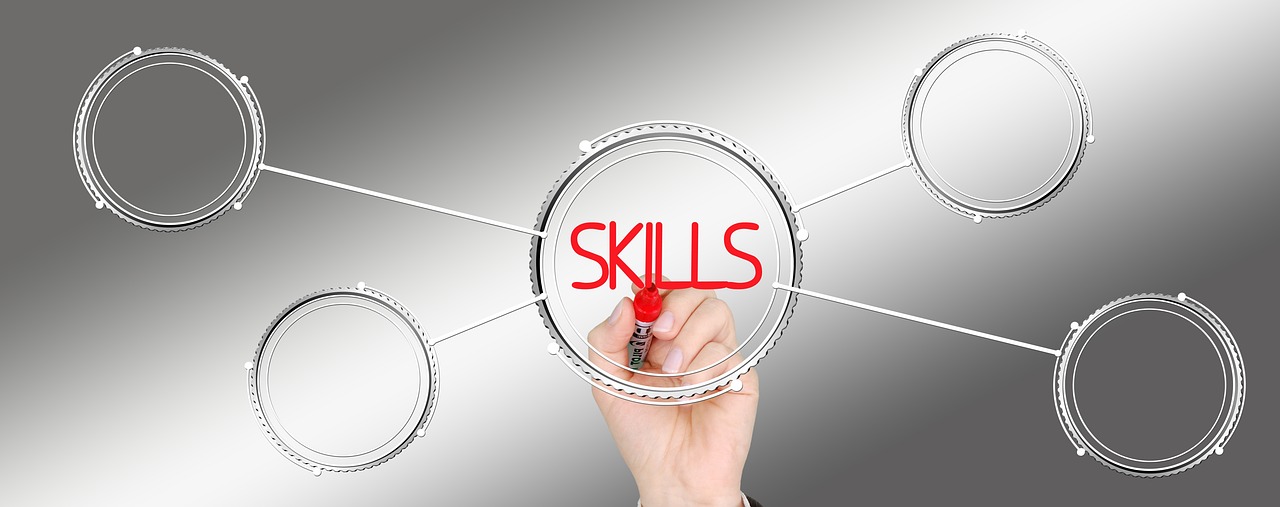Get Strong Abs: The Ultimate Training Guide
Achieve strong and toned abs with these expert-approved workouts designed to target your core muscles effectively. Discover a variety of exercises that help boost your strength, improve posture, and accelerate fat burning naturally. Whether you’re a beginner or advanced, these routines will guide you on your fitness journey toward a healthier, more confident you.

What Makes Abs Workouts Effective?
Effective abs workouts target all areas of your core, including the rectus abdominis, obliques, and deep stabilizing muscles. The key lies in progressive overload and exercise variety. Traditional crunches only work one plane of movement, while compound exercises like planks, dead bugs, and mountain climbers engage multiple muscle groups simultaneously.
Research shows that isometric exercises, where you hold a position without movement, can be particularly effective for core development. Planks, for instance, activate more muscle fibers than dynamic crunches. Additionally, incorporating anti-rotation exercises like Pallof presses helps build functional strength that translates to everyday activities and sports performance.
The frequency of your abs workouts also matters. Unlike larger muscle groups that need extended recovery time, your core can typically handle daily training sessions. However, varying the intensity and exercise selection prevents overuse injuries and ensures continuous progress.
How Does Core Strengthening Improve Overall Fitness?
Core strengthening extends far beyond aesthetic benefits. Your core muscles act as a natural corset, providing stability for your spine and pelvis during movement. A strong core improves power transfer between your upper and lower body, making you more efficient in activities ranging from lifting groceries to playing sports.
Functional core strength also enhances balance and coordination. When your deep stabilizing muscles are well-developed, they automatically engage to maintain proper posture and prevent falls. This is particularly important as we age, when balance becomes crucial for maintaining independence and preventing injuries.
Moreover, core strengthening can alleviate chronic lower back pain. Many back issues stem from weak abdominal muscles that fail to support the spine adequately. By developing core stability, you create a strong foundation that reduces stress on your vertebrae and surrounding tissues.
Which Fat Burning Exercises Target the Abs?
While you cannot spot-reduce fat from specific body parts, certain exercises effectively combine cardiovascular conditioning with core strengthening. High-intensity interval training (HIIT) workouts that incorporate abdominal movements can help burn calories while building muscle definition.
Burpees, mountain climbers, and bicycle crunches are excellent examples of fat burning exercises that heavily engage your core. These movements elevate your heart rate while challenging your abdominal muscles through multiple planes of motion. The combination creates an efficient workout that maximizes both calorie burn and muscle development.
Compound movements like squats, deadlifts, and overhead presses also contribute to fat loss while strengthening your core. These exercises require significant energy expenditure and engage your abdominal muscles as stabilizers. Including them in your routine creates a metabolic boost that continues burning calories even after your workout ends.
What Are the Best Exercise Progressions for Beginners?
Beginning your abs training journey requires a systematic approach that builds strength gradually. Start with basic exercises like modified planks on your knees, dead bugs, and gentle bicycle crunches. Focus on mastering proper form before increasing intensity or duration.
Week one through four should emphasize learning movement patterns and building endurance. Hold planks for 20-30 seconds initially, gradually increasing to 60 seconds. Perform dead bugs with slow, controlled movements, ensuring your lower back maintains contact with the floor throughout the exercise.
As your strength improves, progress to full planks, side planks, and more challenging variations. Add instability by using exercise balls or performing single-limb movements. This progression ensures steady improvement while minimizing injury risk.
How Often Should You Train Your Abs?
The optimal frequency for abs training depends on your fitness level and goals. Beginners can start with three sessions per week, allowing recovery time between workouts. As your core strength develops, you can increase frequency to daily sessions, varying the intensity and exercise selection.
Listen to your body’s signals and adjust accordingly. If you experience persistent soreness or decreased performance, incorporate more rest days. Quality training sessions are more beneficial than frequent poor-quality workouts that compromise form and increase injury risk.
Consider alternating between high-intensity sessions and lighter recovery workouts. This approach maintains training consistency while allowing adequate recovery for muscle adaptation and growth.
Conclusion
Developing strong abs requires patience, consistency, and a well-structured approach. By incorporating various exercise types, focusing on proper form, and progressively challenging your core, you can build the functional strength and definition you desire. Remember that visible abs depend heavily on overall body fat percentage, so combine your core training with cardiovascular exercise and proper nutrition for optimal results. Start with the basics, progress methodically, and celebrate the improvements in strength, posture, and overall well-being that come with dedicated abs training.
This article is for informational purposes only and should not be considered medical advice. Please consult a qualified healthcare professional for personalized guidance and treatment.




